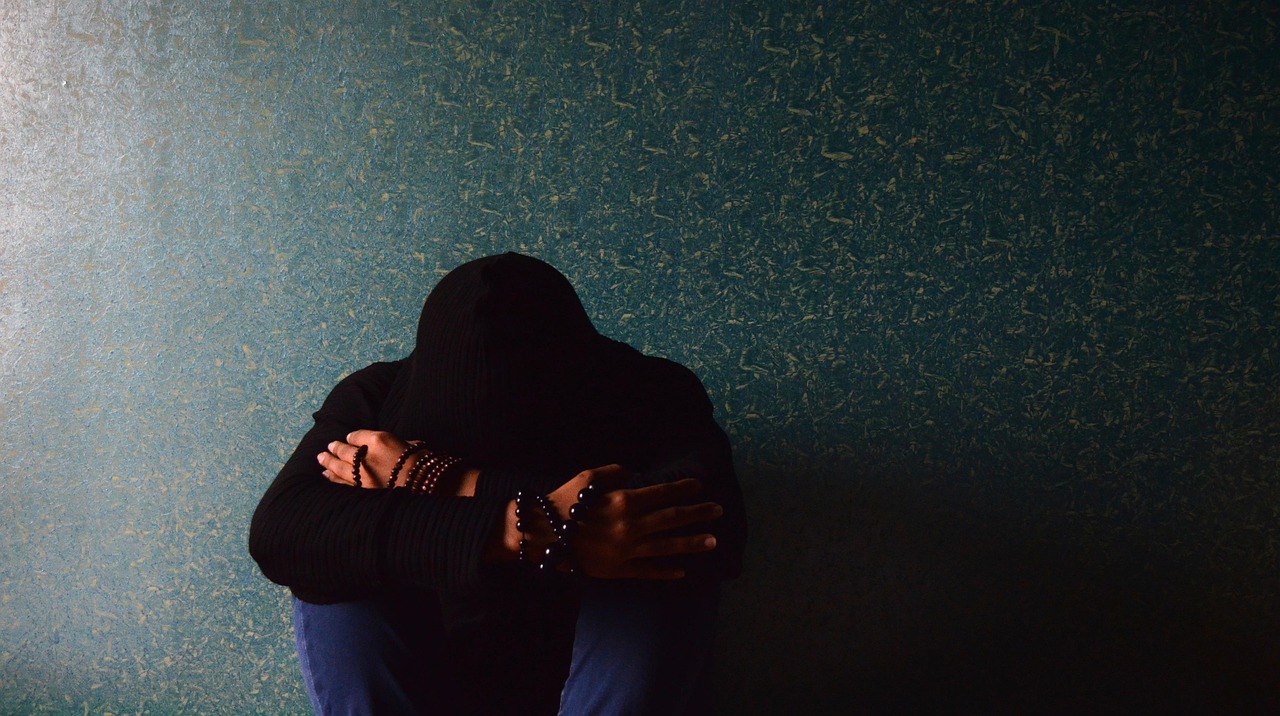Emotional burnout isn’t just about being tired—it’s about feeling emotionally depleted, mentally foggy, and disconnected from the things that once mattered to us. Recognizing it early and learning how to rebuild from it can help us reconnect with ourselves, protect our peace, and create a healthier path forward.
We all get tired. That’s life. But emotional burnout? That’s something more profound. It’s when we’re not just physically exhausted, but emotionally drained, mentally scattered, and perhaps even questioning whether we’re still suited for the life we’re trying to manage. If you’ve ever found yourself staring at a screen, holding back tears, wondering why the simplest tasks feel impossible… you’re not alone.
Burnout doesn’t always arrive loudly. Sometimes it sneaks in quietly—through broken sleep, short tempers, forgotten self-care, and that nagging voice whispering, “I can’t keep doing this.”
We get it—because we’ve been there. In this post, we’re going to break down what emotional burnout actually feels like, how to recognize the signs before we spiral, and—most importantly—how to start rebuilding when we feel like we have nothing left to give.
What Emotional Burnout Feels Like
Let’s start with the truth: burnout doesn’t always look like dramatic breakdowns. Sometimes it’s just silence. Disconnection. That moment when even the things we love feel like too much.
Maybe we’ve noticed we’re snapping at our kids or partner over nothing. Or perhaps we’ve started waking up already, dreading the day ahead, even though nothing specific has gone wrong. We’re functioning—but barely. We’re doing what needs to be done, but joy? Energy? Excitement? They’re missing.

Real-life example:
A few months ago, one of us found ourselves crying over a grocery list. It wasn’t the list that broke us—it was everything behind it. Weeks of pushing, showing up, saying “yes” to too much, and never pausing to check in. That moment was the final nudge that something had to change.
Burnout is sneaky. It builds up slowly. That’s why awareness is everything. Burnout has become so ingrained in our work culture that many of us accept it as the norm. This Harvard Business Review article examines how we’ve reached this point and provides insights on how to counteract it.
Common Signs of Emotional Burnout
It’s not just about stress. It’s about prolonged emotional overload. Here are some of the most common signs to look out for:
Constant exhaustion—even after rest
You sleep, but you’re still tired. The fatigue isn’t physical; it’s emotional.
Irritability and short fuse
Little things feel like big problems. We find ourselves snapping at people we care about, then feeling guilty afterward.
Disconnection from joy
Even things we used to enjoy—hobbies, music, family time—feel like chores or don’t spark anything at all.
Mental fog and forgetfulness
We forget tasks, struggle to concentrate, and feel like our brains are running in slow motion.
Increased anxiety or apathy
Some of us get anxious and frantic. Others feel numb and detached. Both can signal burnout.
If you’re nodding along to most of these, know this: burnout is not weakness. It’s a sign your soul has been carrying too much for too long.
Understanding Where It’s Coming From
Before we can rebuild, we must understand what is draining us. Emotional burnout often stems from an imbalance between what we give and what we receive in return.
Step 1: Identify the pressure points
Is it work? Parenting? A toxic relationship? Overcommitting? Constantly putting others first?
Step 2: Name the emotion behind it
Exhausted from always being “on”? Resentful of never having space for yourself? Stretched thin trying to meet everyone’s needs?
Step 3: Trace the patterns
Do you tend to say ‘yes’ when you mean ‘no’? Are you overperforming to avoid disappointing others? Is guilt running the show?
When we bring awareness to what’s beneath the surface, we give ourselves power. Power to shift it. Power to heal.
Mini reflection prompt:
“What am I carrying that doesn’t belong to me anymore?”
Sometimes, burnout isn’t just about tasks—it’s about the people around us. Learn how to protect your energy in our post on Mastering Negativity.
How to Start Rebuilding from Emotional Burnout
There’s no quick fix—but there is a way forward. Rebuilding from emotional burnout means shifting how we care for ourselves—mentally, emotionally, and physically. Here’s what that can look like.
Step 1: Slow down intentionally
We know this is hard. But rest isn’t a reward—it’s a requirement. This doesn’t mean quitting everything, but it might mean canceling plans, saying “not today,” or pausing a project.
Try this: Schedule a “non-negotiable quiet time,” even if it’s just 10 minutes a day, with your phone in another room.
Step 2: Reconnect to your needs
Ask: What do I need today—emotionally, physically, spiritually?
The answer might be a nap, a walk, some laughter, or a phone call with someone who gets it.
Real-life example:
One of us set a boundary to stop answering work messages after 6 p.m. At first, it felt uncomfortable, but within a week, the emotional difference was undeniable.

Step 3: Set gentle boundaries
Burnout thrives in overextension. Start setting limits, especially with people or tasks that drain your energy.
Phrase to use:
“I’m not available for that right now, but I appreciate you thinking of me.”
Step 4: Create micro-moments of joy
Don’t wait for the big vacation. Watch a 5-minute funny video. Listen to a song that makes you dance. Read one page of a book. Joy in small doses is still powerful.
Step 5: Ask for help
Burnout is heavier when we carry it alone. Reach out to a friend, therapist, coach, or even an online support group. There’s strength in saying, “I need support.” Burnout doesn’t just affect your productivity—it impacts your entire well-being, including your sleep and immune system. The Mayo Clinic offers a comprehensive breakdown of symptoms and risks.
What Recovery Looks Like
Let’s be honest: healing from emotional burnout doesn’t always look beautiful. Sometimes it seems like saying no, again and again. Sometimes it looks like crying in the shower. Sometimes it seems like doing less, not more.
And that’s okay.
Recovery is a practice. It’s not about getting back to your “old self”—it’s about creating a version of you that is better aligned, better protected, and better cared for.

It may take time to feel like “you” again. But each time you pause, each time you protect your peace, each time you choose rest over guilt, you’re getting closer.
Quote to hold onto:
“Burnout doesn’t mean you’re broken. It means it’s time to start listening to yourself again.”
Implementing simple daily routines can help us regain control and reduce mental fatigue. Check out our tips for building routines that stick right here.”
Final Thoughts: You Deserve to Feel Like Yourself Again
If you’re in burnout, we see you. If you’re crawling out of it, we’re proud of you. And if you’re trying to prevent it from happening again, you’re already doing the work.
Emotional burnout is real. But so is healing. So is joy. So is peace. You don’t have to do it all. You have to start where you are.
Let’s Keep the Conversation Going
Have you ever experienced emotional burnout? What helped you come out the other side—or what do you wish someone told you when you were in it?
Please drop a comment and let’s talk.
And if this post resonated with you, send it to someone who might need the reminder: you are not alone, and you don’t have to stay stuck.
Discover more from Focused Expansion
Subscribe to get the latest posts sent to your email.




